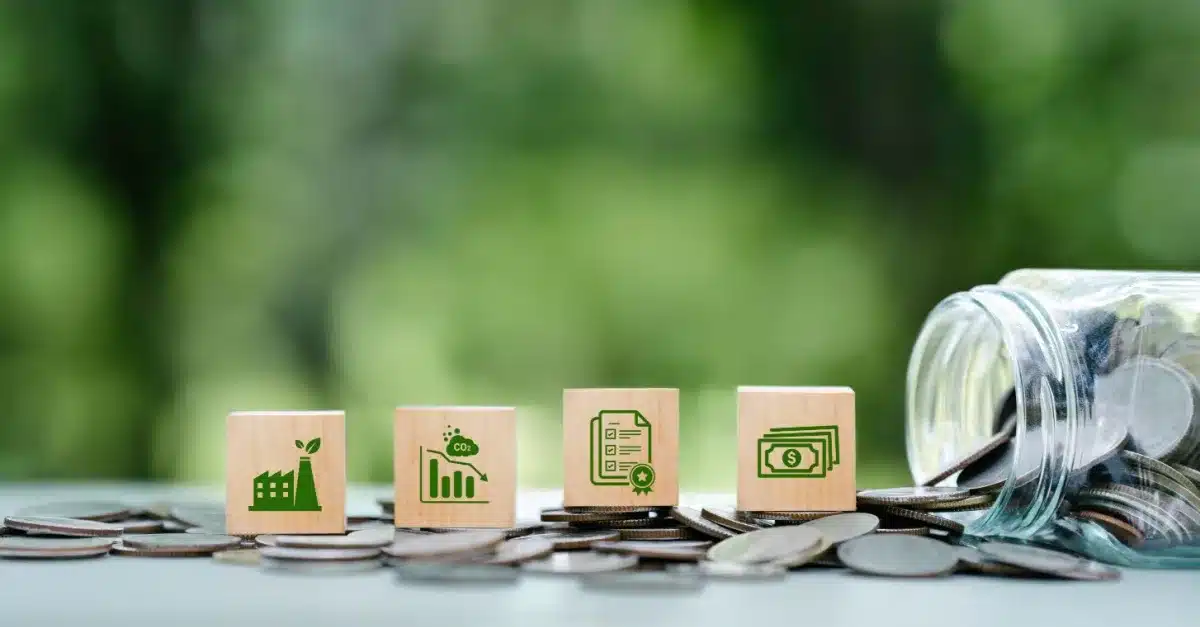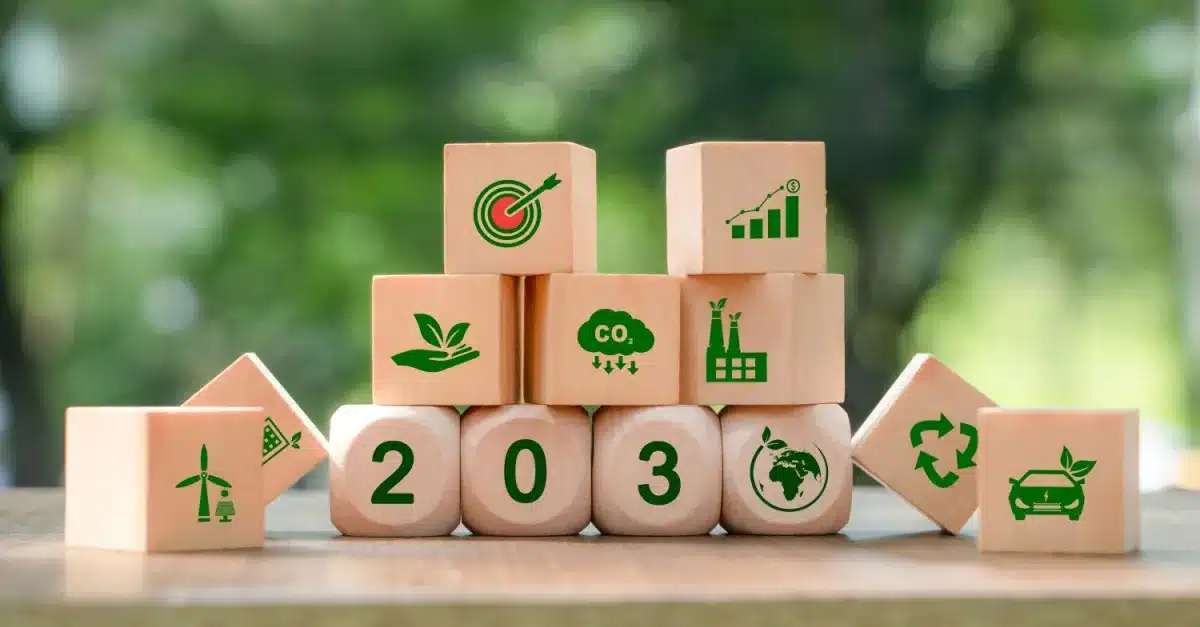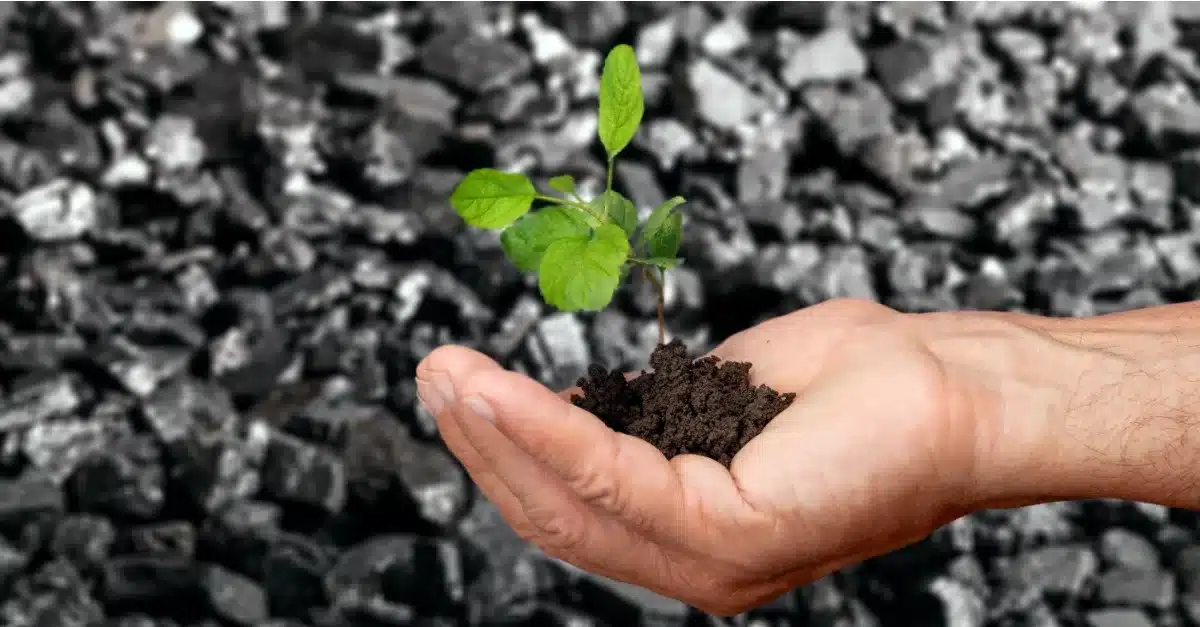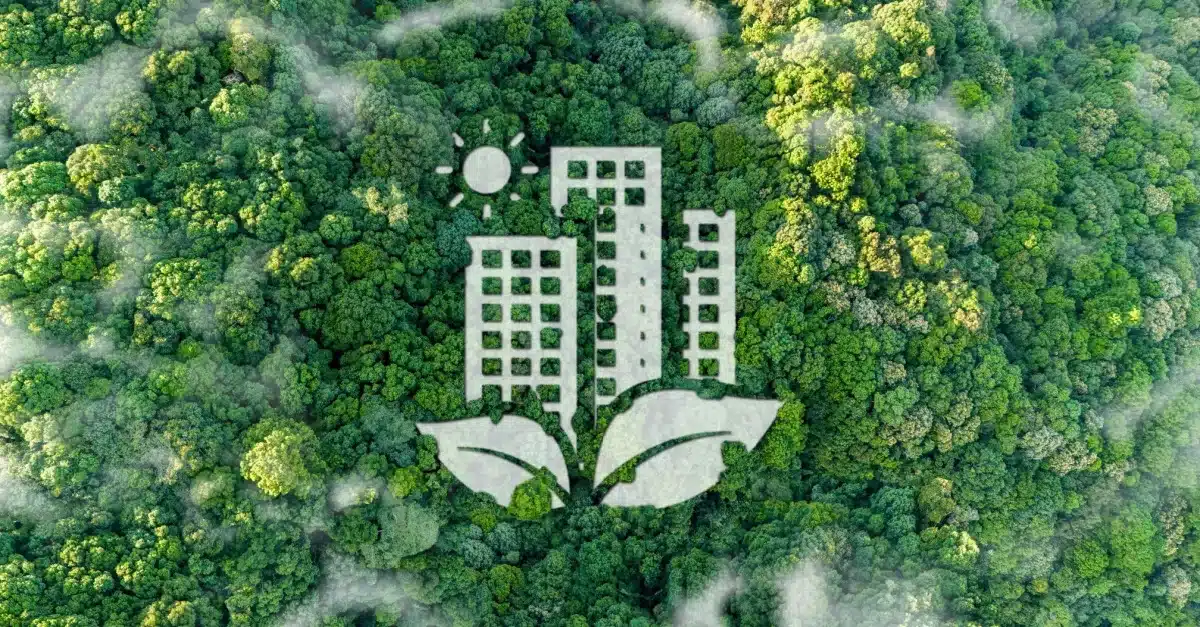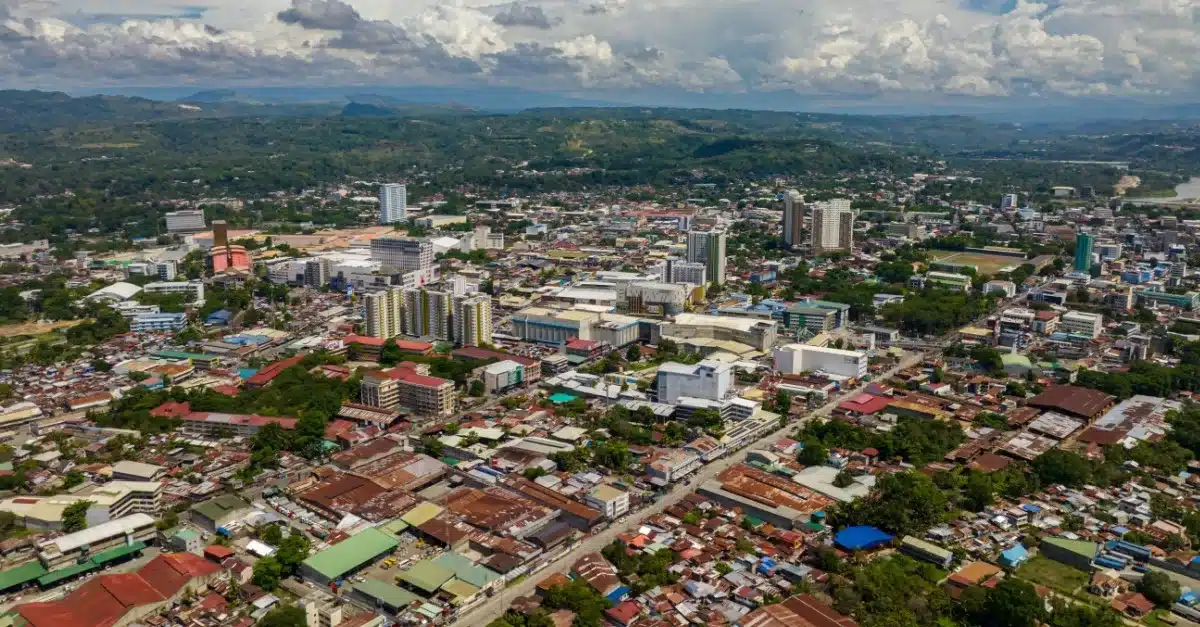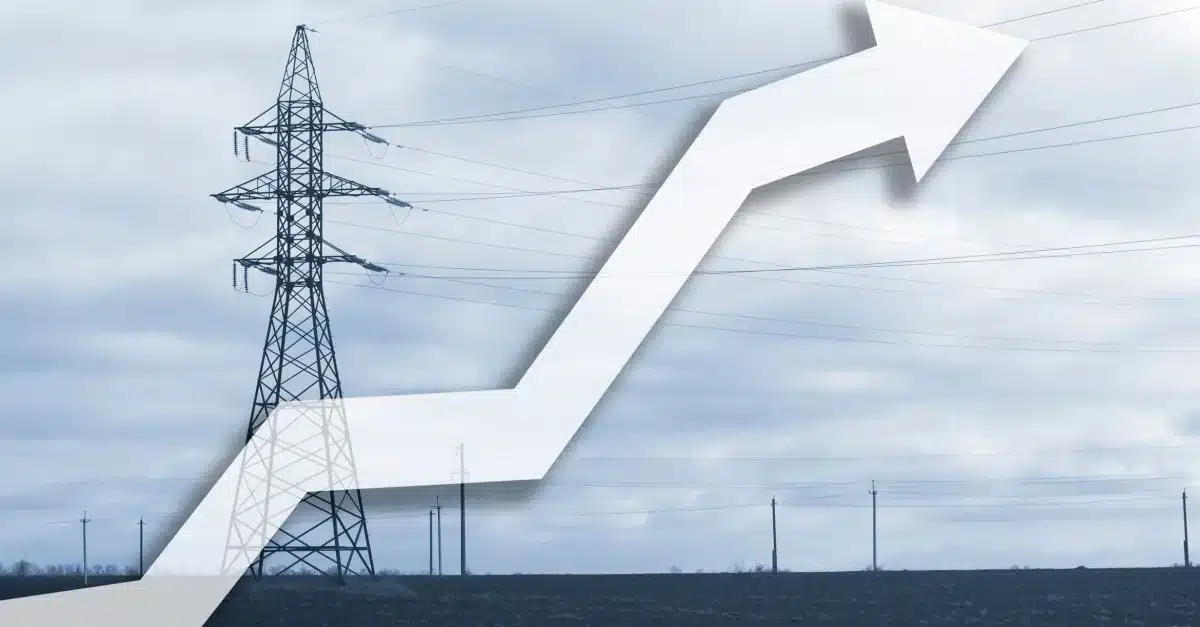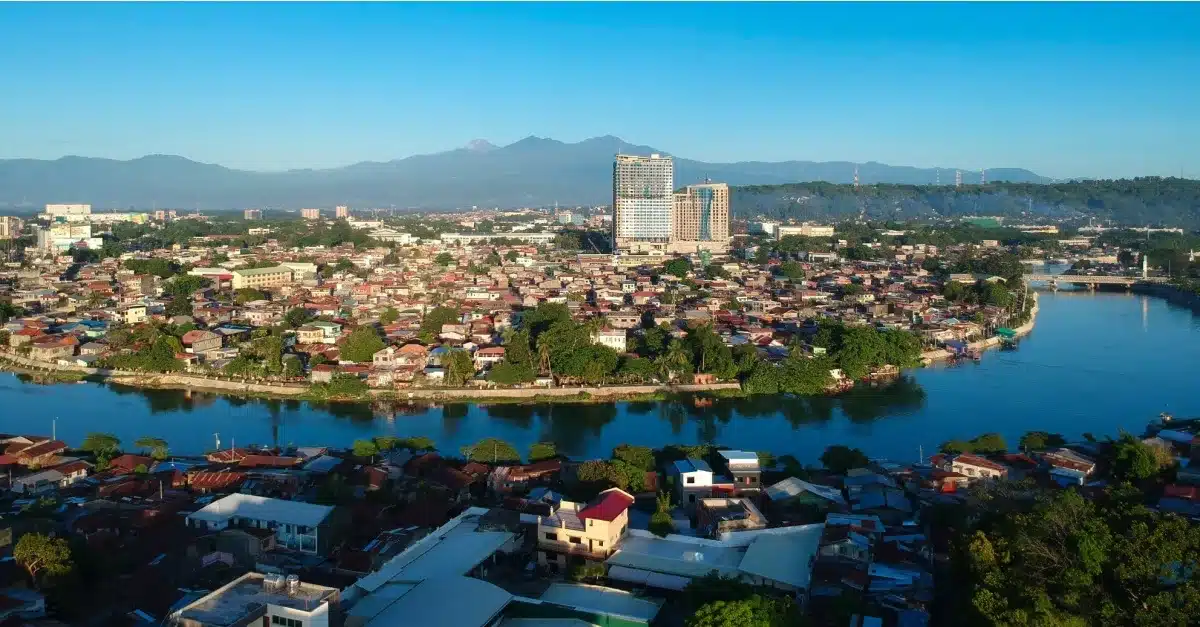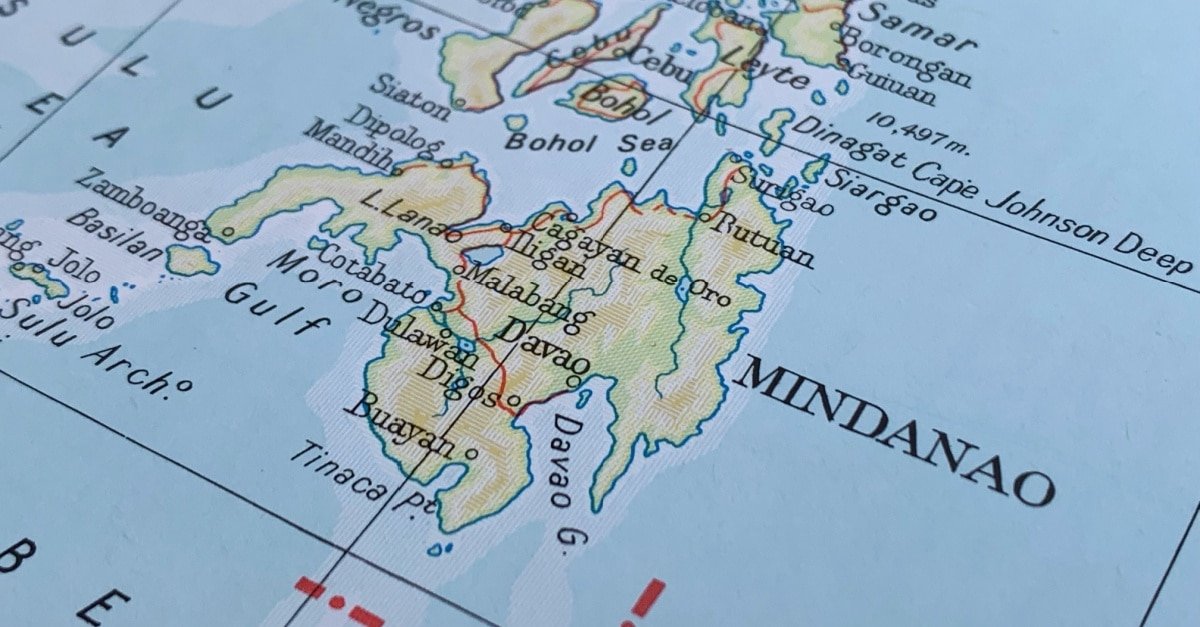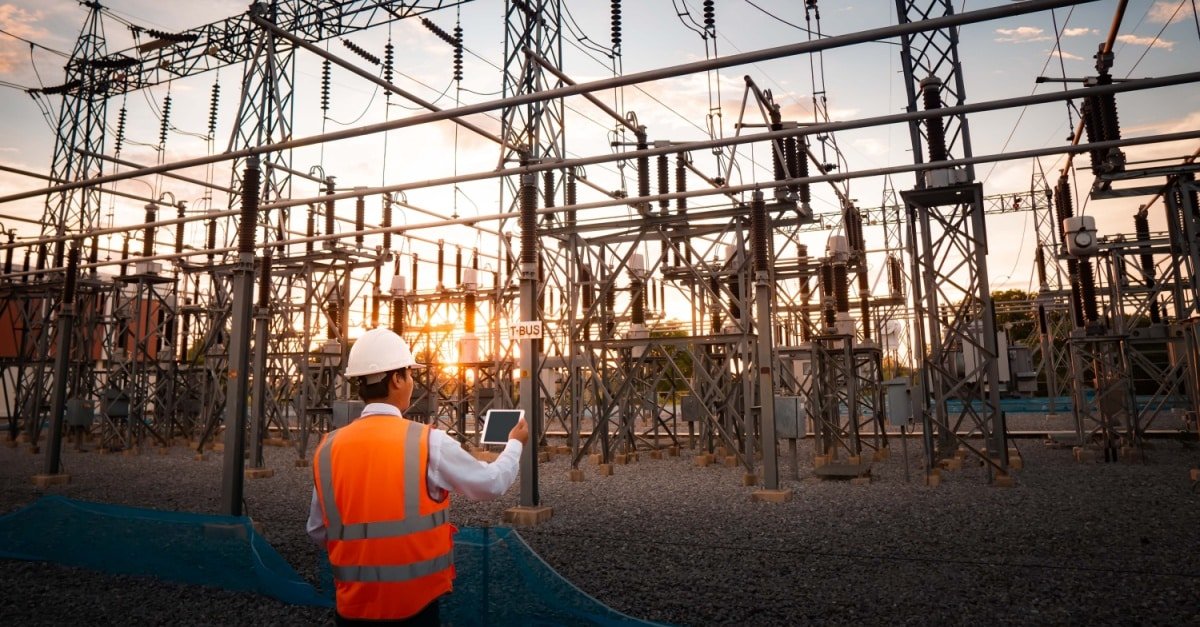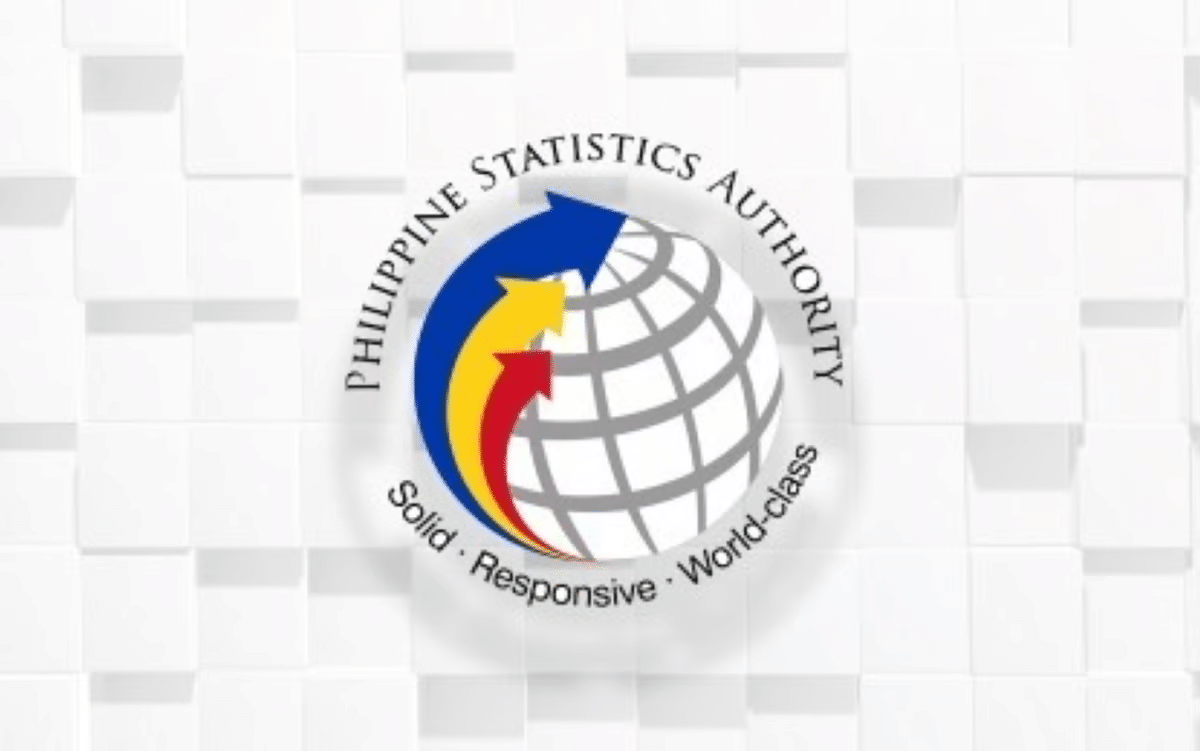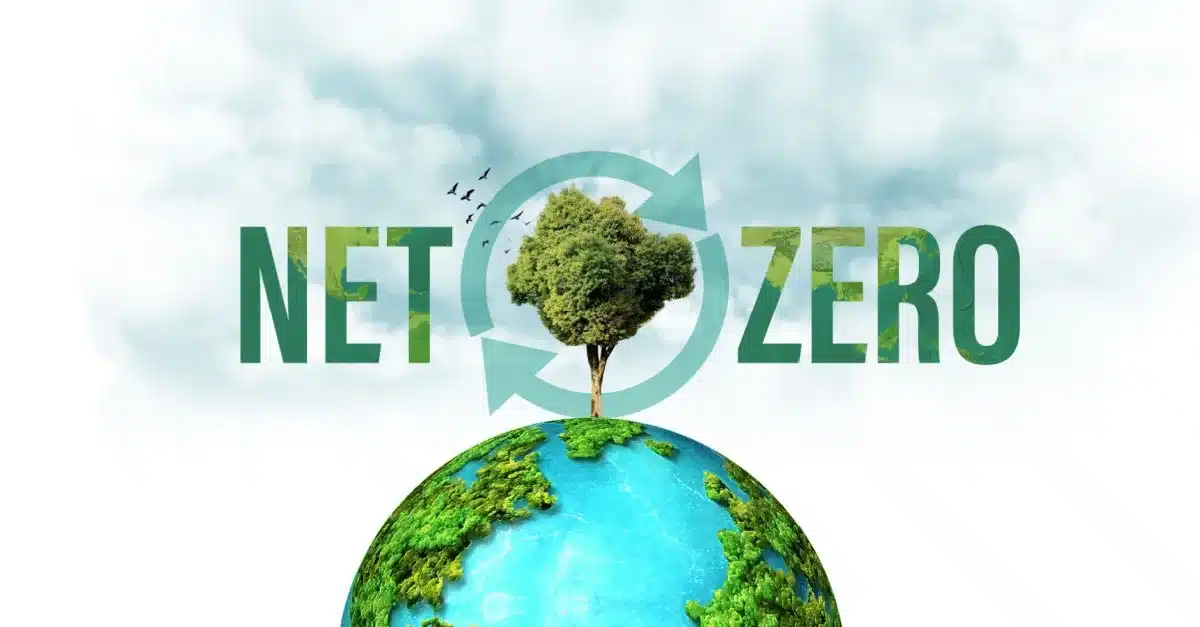
Table of Contents
In a surprising Net Zero shift that rattled hard-line climate activists, Microsoft co-founder and philanthropist Bill Gates called for a major rethink of where global resources are allocated. He believes efforts to curb emissions shouldn’t overshadow urgent needs like combating disease and hunger.
“Although climate change will have serious consequences—particularly for people in the poorest countries—it will not lead to humanity’s demise,” wrote Gates. “Emissions projections have gone down, and with the right policies and investments, innovation will allow us to drive emissions down much further.”
He added that the alarmist tone around climate risks has skewed priorities, funneling resources into quick emissions wins instead of meaningful help for people. He stressed that poverty and illness remain the true emergencies and should guide where limited global aid is directed.
(Also read: Winter of Worry: Britain’s Energy Debts Hit Record High)
Net Zero: Where energy flows, economies grow
Political scientist and Copenhagen Consensus President Bjorn Lomborg wrote that the US has urged the World Bank to shift focus from climate projects to its original mission: fighting poverty. Treasury Secretary Scott Bessent advocated cutting climate funding in favor of expanding energy access, reducing poverty, and driving economic growth.
“As Bessent highlighted, right now developing nations need cheap, reliable energy to industrialize, create jobs and thrive, just as rich countries did a century ago and China did over more recent decades,” added Lomborg.
Gates stated that greater energy use is essential for improving lives, as it directly fuels economic growth. “More energy use is a key part of prosperity,” he argued.
In his paper, Welfare in the 21st Century: Increasing Development, Reducing Inequality, the Impact of Climate Change, and the Cost of Climate Policies, Lomborg mentioned the Intergovernmental Panel on Climate Change’s (IPCC) Shared Socioeconomic Pathways (SSPs). SSP1 depicts a sustainable future with low emissions, rising incomes, and shrinking inequalities, while SSP5 envisions rapid economic growth powered by fossil fuels, accompanied by high emissions.
Although current climate policies follow SSP1’s sustainability path, Lomborg contends that SSP5’s rapid economic growth may deliver far greater human welfare. Accounting for climate impacts, he estimates that by 2050, SSP5 could raise the average income of today’s poorest by $48,000 annually, lift 26 million people out of poverty each year, reduce inequality, and avert over 80 million premature deaths.
Much of Africa still lacks reliable energy, relying mostly on wood and hydropower. Lomborg pointed out that the average poor African uses as much fossil fuel annually as an American does in nine days.
While the World Bank aims to bring electricity to 300 million people by 2030, its partner, the Rockefeller Foundation, promotes renewables as the “most cost-effective and rapid route to prosperity.” Lomborg refuted this, saying, “While solar and wind can be cheaper than fossil fuels when the sun is shining and the wind is blowing, it is infinitely costly with no sun or wind.”
Case in point was when Germany’s wind output fell sharply, with onshore wind dropping from 5.8% to 111.9 terawatt-hours (TWh) in 2024 due to unusually calm conditions. These dunkelflaute periods forced power firms to lean more heavily on coal and gas, driving wholesale electricity prices higher.
“More countries need to get on board with the mission to return the World Bank to a focus on poverty,” wrote Lomborg. “Raiding development funds for climate initiatives is not just misguided, it is an affront to human suffering.”
Meanwhile, Gates shared a striking insight from researchers at the University of Chicago: when the expected economic growth of low-income countries is taken into account, projected deaths from climate change drop by more than 50%.
He found this result promising, as it points to a clear path forward. Since prosperity closely boosts public health, accelerating development directly translates into more lives saved.
(Also read: Accelerating Renewable Energy Goals: Who Truly Benefits?)
Global issues that can’t wait
Gates painted a sobering picture of global inequity, noting that the 30 lowest-HDI countries produce barely 0.33% of global gross domestic product (GDP) yet suffer the highest poverty and worst health outcomes. For instance, a child in South Sudan is 39 times more likely to die before age five than one in Sweden.
“This inequity is the reason our climate strategies need to prioritize human welfare,” he wrote. “This may seem obvious—who could be against improving people’s lives?—but sometimes human welfare takes a backseat to lowering emissions, with bad consequences.”
Along the same vein, Lomborg emphasized that GDP remains a key measure of development, as higher GDP generates the resources needed to enhance health, education, and overall quality of life. On a per-person basis, GDP closely tracks life expectancy, child mortality, and educational attainment—mirroring the United Nations’ (UN) Human Development Index.
When floodwaters rise, the deadliest threat often isn’t drowning, but disease, Gates explained. Contaminated water fuels outbreaks of cholera and rotavirus, which cause deadly diarrhea, especially in children. As floods become more frequent, the number of preventable deaths from these illnesses rises sharply.
He also mentioned that pathogens are a constant threat, not just during storms or floods. Diarrheal diseases alone kill over a million people every year, mostly in low-income countries. Combined with other complications, poverty-related illnesses claim around 8 million lives annually.
Gates stressed, “While we need to limit the number of extremely hot and cold days, we also need to make sure that fewer people live in poverty and poor health so that extreme weather isn’t such a threat to them.”
Harnessing adaptation and innovation
Lomborg argued that the future costs of climate change are often overstated because adaptation is ignored. Using coastal flooding as an example, he noted that public estimates frequently inflate damages to tens of trillions of dollars annually, far above more realistic projections that factor in adaptive measures.
“Yet, because it ignores adaptation, this description exaggerates the problem by up to two thousand times,” Lomborg asserted. “The misleading narrative is, unfortunately, often encouraged by research that routinely neglects adaptation or treats it as a casual add-on.”
He added that even basic adaptation, often ignored in forecasts, could lower damages by 88%.
Meanwhile, Gates presented innovation as the solution: with the right investments, affordable zero-carbon technologies could scale over the next decade. Combined with existing tools, this would lower emissions and narrow the gap between rich and poor nations.
He pointed to shifting projections as evidence that innovation and investment are already reshaping the energy landscape. “Ten years ago, the International Energy Agency predicted that by 2040, the world would be emitting 50 billion tons of carbon dioxide every year,” he wrote.
“Now, just a decade later, the IEA’s forecast has dropped to 30 billion, and it’s projecting that 2050 emissions will be even lower.
Will renewables really take over?
Emerging markets outside China are falling behind in the race to net zero. To stay on track for 2050, these low- and middle-income economies must more than double their annual energy transition spending.
BloombergNEF estimates they will need $69 trillion over the coming decades, about $2.6 trillion per year, across solar, wind, electric vehicles, and other low-carbon technologies. However, these countries struggle to secure the funds needed, leaving them at a disadvantage compared with wealthier nations.
“Reliable power requires extensive backup that drives up costs, and across the world, high solar and wind societies experience much higher electricity costs,” declared Lomborg. “This is why rich countries, despite their green rhetoric, still get more than three-quarters of their energy from fossil fuels.”
According to PricewaterhouseCoopers (PwC), global energy demand is still outpacing the growth of renewables, forcing continued reliance on fossil fuels. Renewable capacity rose a record 14% to 3,870 gigawatts (GW) from 2022 to 2023, but fossil fuel use also climbed 1.5% to 16,007 GW. As a result, emissions per unit of energy edged up slightly, showing that fossil fuels remain a growing share of the global energy mix.
“Economic challenges like inflation, geopolitical tensions, and higher interest rates further complicate the transition away from fossil fuels, as nations grapple with short-term pressures,” the report stated.
While Lomborg acknowledged that climate change poses a real, long-term threat, he stressed that responses must be measured. Ignoring the problem is not an option, yet he cautioned that overly aggressive or costly climate policies could end up causing more harm than benefit.
“The evidence also manifestly alerts us to the danger that we end up with too ambitious and overly costly climate policies, and a general outlook that puts the world on a growth path that will deliver dramatically less welfare, especially for the world’s poorest,” he maintained.
For Gates, the focus should be on actions that deliver the greatest impact on human welfare. This approach ensures that everyone, regardless of where they are born or the climate they live in, has the opportunity for a healthy, productive life.
“Development doesn’t depend on helping people adapt to a warmer climate– development is adaptation,” he proclaimed.
Sources:
https://www.cnn.com/2025/10/28/business/bill-gates-climate-change
https://www.gatesnotes.com/home/home-page-topic/reader/three-tough-truths-about-climate
https://www.arabnews.com/node/2620993
https://www.sciencedirect.com/science/article/pii/S0040162520304157


